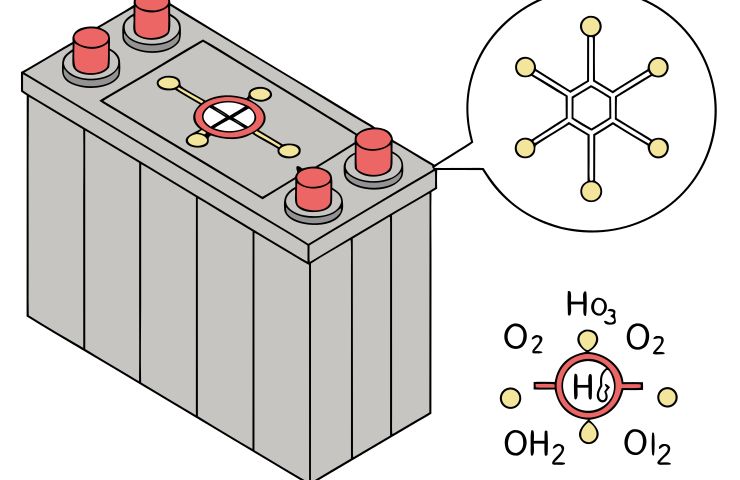
Hydrogen Fuel Cells: Boosting Power Density with Thiophene S-Modified Carbon Supports
November 26, 2025Think hydrogen fuel cells have hit their limit? Think again. On November 14, 2025, Nature dropped a study that could flip the script on how we build electrodes for next-gen fuel cell technology. By grafting thiophene-based sulfur groups onto carbon supports, the team managed to steer ionomer placement with pinpoint accuracy—pumping up power density and shrinking platinum requirements in one fell swoop. It’s the kind of leap researchers dream about—giving fuel cell technology a shot of adrenaline.
Breakthrough in Carbon Support Chemistry
The group behind the paper, “Ionomer distribution control via thiophene S-modification of carbon support for high-power PEMFCs” published by Nature Publishing Group, tackled a familiar headache in PEMFC design: patchy ionomer coverage that chokes oxygen flow and fouls catalysts. By weaving tiny thiophene S-groups into high-surface-area carbon, they created prime docking spots for proton-conducting ionomer. The result? A smooth, even film that clings to catalyst nanoparticles like a second skin—without blocking gas channels. This tailored approach could finally break through a bottleneck that’s nagged the industry for years.
Engineering the Nano-Scale Interface
Here’s the clever bit: starting with off-the-shelf carbon blacks, the chemists introduce thiophene precursors under gentle conditions, grafting sulfur groups right onto the surface. During ink formulation, those sulfur hotspots lure the perfluorosulfonic acid ionomer into nanoscopic crevices around Pt nanoparticles. With atomic layer deposition and aberration-corrected STEM imaging, they spotted a 30% drop in ionomer clumps and a 20% jump in triple-phase boundary density—crucial for seamless proton and electron movement. In other words, they’ve essentially fine-tuned the engine’s oil to flow exactly where it’s needed.
Economic and Strategic Implications
So why does this matter for the broader sustainable energy scene? Platinum is still the price tag heavyweight in any fuel cell technology stack. By making every Pt atom pull its weight at the perfect interface, thiophene S-modification slashes platinum loading by up to 40%—and that’s without skimping on voltage or longevity. Early trials clocked peak power densities north of 1.4 W/cm² at 80°C and full humidity, all while cruising past U.S. Department of Energy cycling goals for ultra-low‐Pt cathodes. For investors eyeing green hydrogen vehicles or backup power setups, it’s a potential ticket to lower total cost of ownership. And in a market where margins are tight, that’s the kind of news CFOs can’t ignore.
From Lab to Market: The Road Ahead
Of course, taking a lab trick and scaling it up to gigawatt catalyst lines won’t happen overnight. Manufacturers will have to nail down sulfur-functionalization in roll-to-roll coatings and lock in batch-to-batch consistency. Still, the reproducibility gains they’re already seeing hint at a smooth tech transfer. And with global pushes for industrial decarbonization getting louder, everyone’s racing to grab any tech edge that makes fuel cells cheaper, tougher, and more reliable. Beyond vehicles, this could ripple into stationary power setups or emergency backup systems too—proof that lab breakthroughs can drive everyday solutions.
Bottom line: controlling ionomer spread through thiophene S-modified carbon supports isn’t just a neat lab hack—it’s a practical upgrade ready to turbocharge the hydrogen fuel cells market. If it scales as promised, we could see cost curves for sustainable energy applications bending sharply downward, ushering in a new chapter of zero-emission innovation. Talk about turning lab magic into real-world clout—this might be the spark that propels our drive toward zero-emission goals.



 With over 15 years of reporting hydrogen news, we are your premier source for the latest updates and insights in hydrogen and renewable energy.
With over 15 years of reporting hydrogen news, we are your premier source for the latest updates and insights in hydrogen and renewable energy.